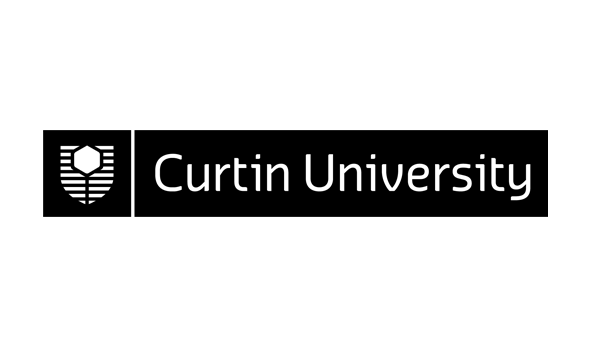10627 (v.3) Nutritional Physiology 281
| Area: | School of Public Health |
|---|---|
| Credits: | 25.0 |
| Contact Hours: | 5.0 |
| ** The tuition pattern below provides details of the types of classes and their duration. This is to be used as a guide only. For more precise information please check your unit outline. ** | |
| Lecture: | 1 x 2 Hours Weekly |
| Laboratory: | 1 x 3 Hours Weekly |
| Prerequisite(s): |
1644 (v.7)
Human Biology 134
or any previous version
AND 7077 (v.5) Chemistry 124 or any previous version OR 7231 (v.5) Chemistry 118 |
| Syllabus: | Concepts of homeostasis and physiological control systems. The cell membrane as a regulatory structure, transport processes, chemical and bioelectric equilibria. Information processing in the central nervous system, and motor and sensory systems. Controlof thirst, hunger, appetite and body temperature. Hormonal and neuroendocrine control processes. Circadian rhythms and their effect on physiological processes. Haemodynamic principles of the circulation, pressures in the circulatory system, transport in the circulation and control of circulation. |
| ** To ensure that the most up-to-date information about unit references, texts and outcomes appears, they will be provided in your unit outline prior to commencement. ** | |
| Field of Education: | 010900 Biological Sciences (Narrow Grouping) |
| SOLT (Online) Definitions*: | Not Online *Extent to which this unit or thesis utilises online information |
| Result Type: | Grade/Mark |
Availability
| Year | Location | Period | Internal | Partially Online Internal | Area External | Central External | Fully Online |
|---|---|---|---|---|---|---|---|
| 2008 | Bentley Campus | Semester 1 | Y |
Area External refers to external course/units run by the School or Department or offered by research.
Central External refers to external and online course/units run through the Curtin Bentley-based Distance Education Area
Partially Online Internal refers to some (a portion of) learning provided by interacting with or downloading pre-packaged material from the Internet but with regular and ongoing participation with a face-to-face component retained. Excludes partially online internal course/units run through the Curtin Bentley-based Distance Education Area which remain Central External
Fully Online refers to the main (larger portion of) mode of learning provided via Internet interaction (including the downloading of pre-packaged material on the Internet). Excludes online course/units run through the Curtin Bentley-based Distance Education Area which remain Central External

